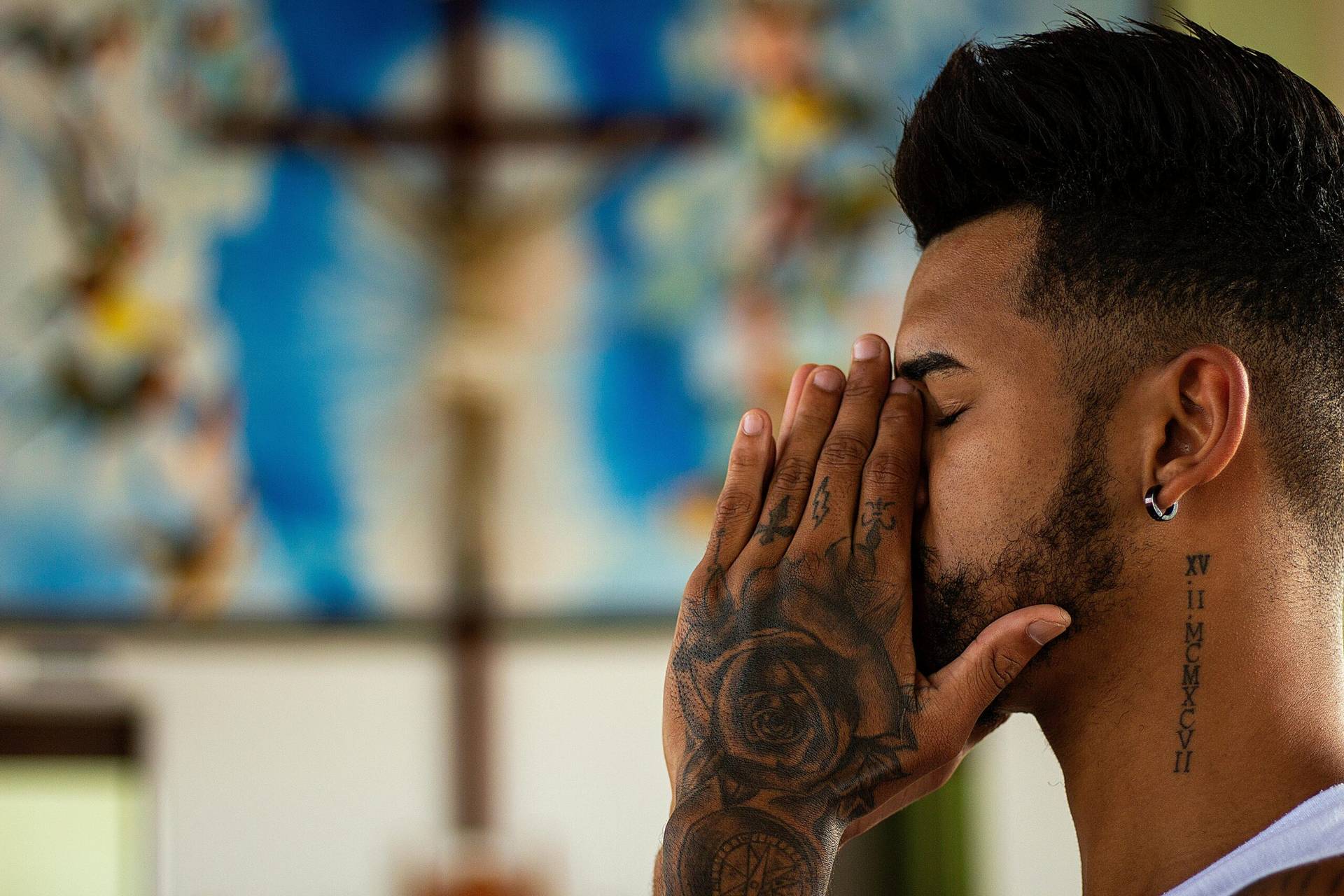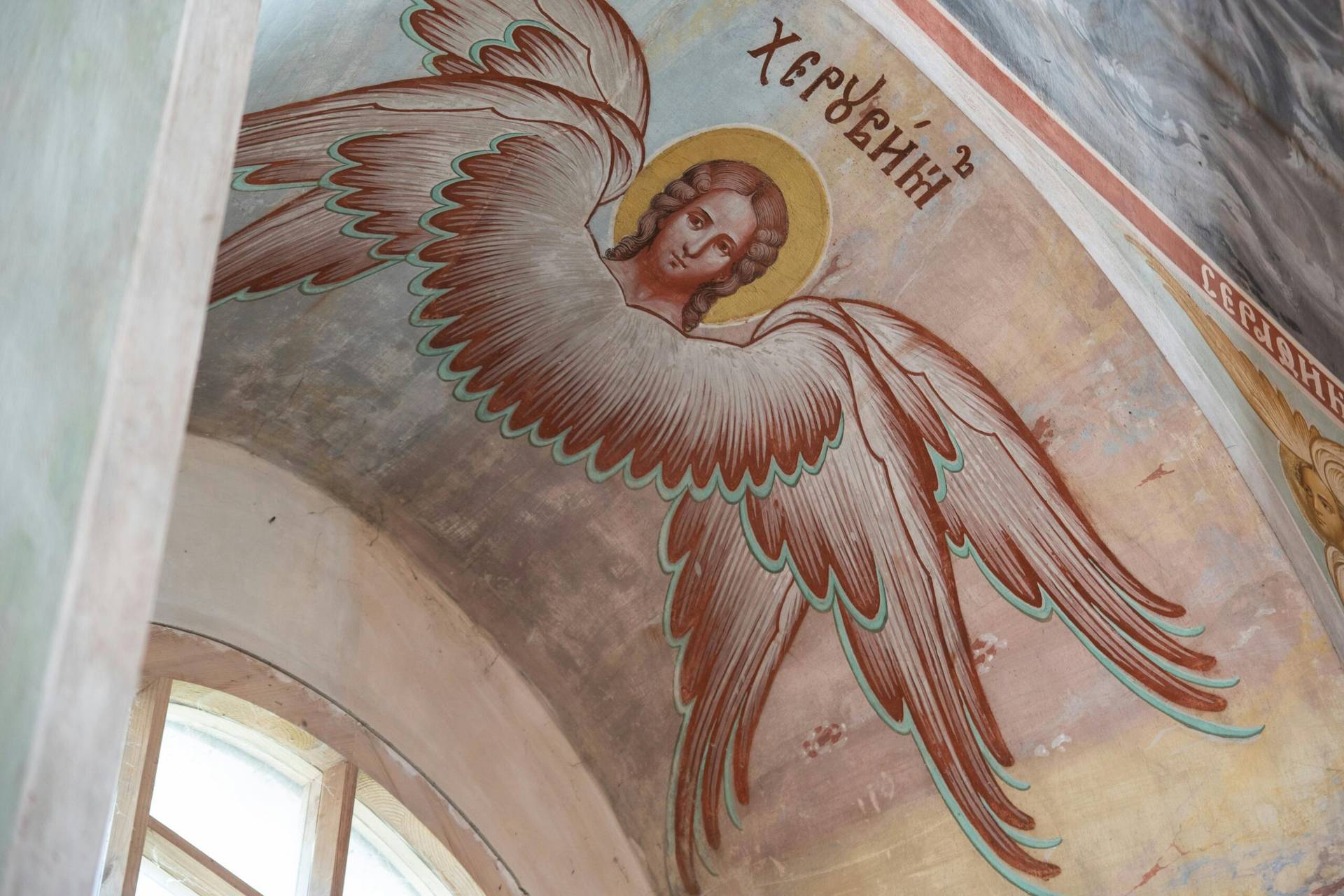Since his canonization in 2014, Pope Saint John Paul II has been honored with a feast day in October. As we recall this beloved contemporary pope, it’s worth exploring his life and drawing helpful lessons for faith and religious belief today.
As the young Archbishop and later Cardinal of Krakow, the future pope saw immense growth in the numbers of believers and a pressing need for more church buildings. The communist authorities, however, regularly denied permits, prolonged requests, and delayed approvals for such buildings. This hurt the flourishing of the Church, and so caused tension between the archbishop and the State authority.
This strain was especially intensified over Nowa Huta.
Nowa Huta was a city located on the outskirts of Krakow, and was planned and built by the communists to be the “workers’ city.” It was to be a model of the communist worldview. And so, the city had extensive apartment buildings and steel factories but no church. In keeping with its atheistic tenets, the communist authority built no house of worship.
If the anthropology of communism was realistic, and life is defined merely by materialism, one would imagine that belief in God or a desire for worship, would have faded away, especially under a system known to silence or punish such expressions.
And yet, we see the people of Nowa Huta wanted a church. They craved to worship, assemble for religious instruction, and have a place for prayer and devotionals. In spite of an ideology that chose to define the human person in terms of material or utility, and in spite of possible persecution, the people of Nowa Huta called for a place of worship.
The talented young cardinal responded to the cries of his people for a church. In 1959, without proper approval, he celebrated a Christmas Midnight Mass in a field near the city. A cross was placed there to commemorate the event. The cross was removed by the communists and then placed back by the workers and this went back and forth for some years.
The intended city without a soul was proven to be an unrealistic project. In 1967, permission was finally received to build a church and the workers of Nowa Huta labored to build it after their shifts in the factories. Ten years of this volunteer work led to the church’s consecration in May, 1977.
What did Nowa Huta lack? What led its workers to seek a church and to labor for ten years to build it? More importantly, what did communism fail to recognize to its own demise? Why did communism fall?
Nowa Huta and the communistic system both forgot the spiritual nature of the human person. In approaching human persons, they forgot the very personhood of those persons. It is a personhood lived in flesh and spirit. As the body needs oxygen, food, and water to survive, grow, and flourish, so does the human soul need its spiritual expression through worship, faith, hope, love, acceptance, and thanksgiving.
The spiritual nature of the human person is the privileged forum within which the person can know himself and understand moral goodness. The human person is a beautiful mystery, even to himself. And the life of every human person is not a mechanistic problem to be solved but is precisely a mystery to be lived and experienced, as Pope John Paul II both observed and taught throughout his life.
Any attempt to limit or suppress the person’s spiritual soul is a grave sacrilege to his dignity and will cause severe harm to the person’s own experience of life as well as to any benevolence within the common good.
With such an opportunity, the person is able to be fully alive – in all the dimensions of his personhood – and begin to comprehend his transcendence and the specific powers of his spiritual soul, such as love. Who wants to live in a world without love? The leadership of Nowa Huta wanted the city’s residents to deny this truth and Soviet communism sought to oppress it. And they both failed because the human spirit will shine forth and express itself.
This lesson is encouraging to believers today. In the midst of a growing and aggressive secularism, it reminds us that all human beings are hardwired for worship and transcendence. Regardless of indifference, suppression, or even outright denial by a person or society, the human soul will groan and move within us. It will manifest itself, even in spite of us, inclining us to seek both our Creator and other persons in our community.
The spiritual identity of the human person, therefore, is the simple but powerful reality that corrected the plans for Nowa Huta and allowed a future pope to help diminish the authority of an inhumane system. This is the same truth that can be relied upon and appealed to in the hearts of people in the secular city today.
The column today is an abbreviated form of my talk Veiled Spiritual Lessons in the Secular City delivered this weekend at the annual conference of the Society of Catholic Social Scientists in Steubenville, Ohio.
















